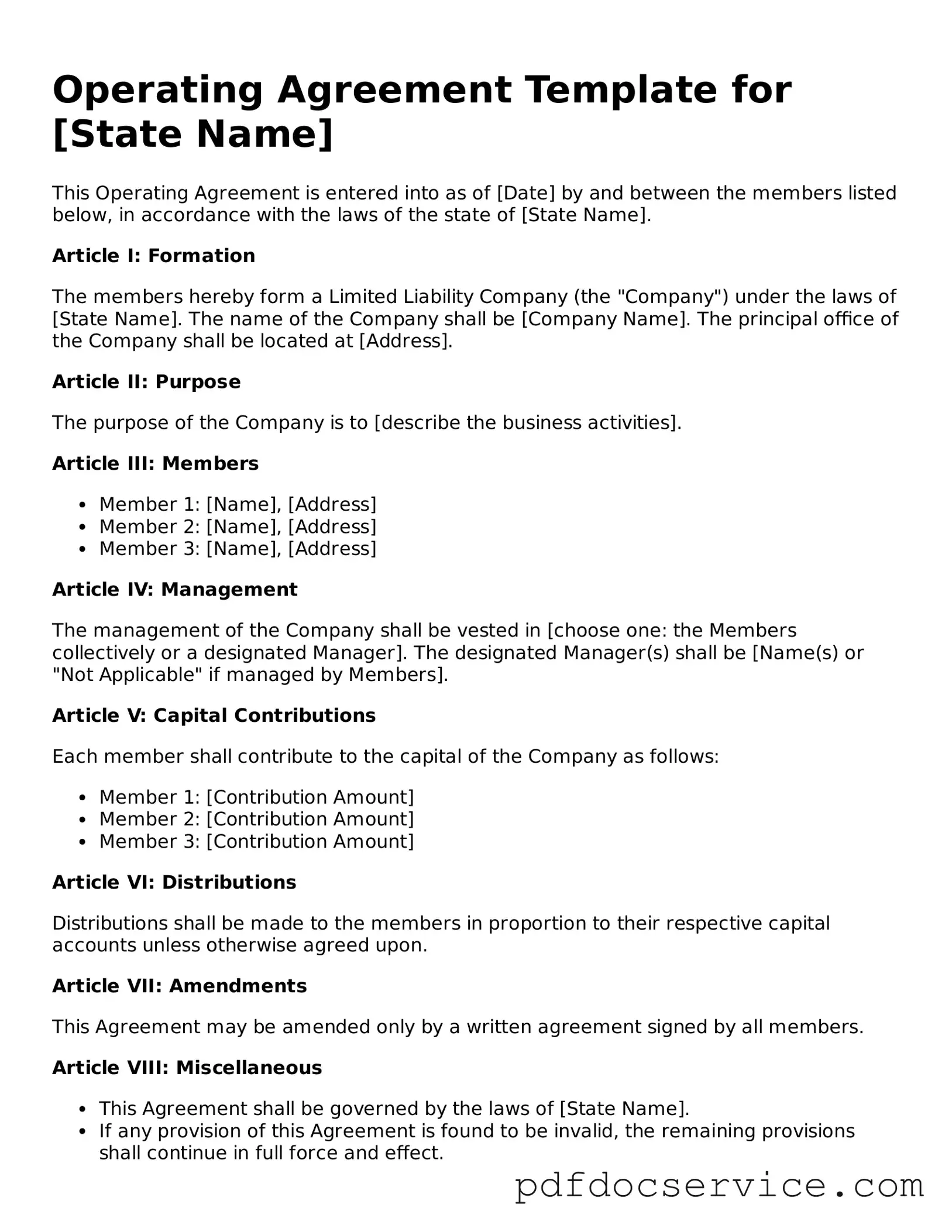An Operating Agreement is a crucial document for any limited liability company (LLC). It outlines the management structure, responsibilities of members, and the operational procedures of the business. This agreement serves as a roadmap, guiding how the company will function on a day-to-day basis. Key aspects include the distribution of profits and losses, decision-making processes, and procedures for adding or removing members. Additionally, it addresses what happens if a member wants to leave the company or if the business needs to be dissolved. Having a well-crafted Operating Agreement can prevent misunderstandings and disputes among members, ensuring that everyone is on the same page regarding their roles and expectations. By clearly defining these elements, the agreement not only protects the interests of the members but also enhances the credibility of the LLC in the eyes of potential investors and partners.
